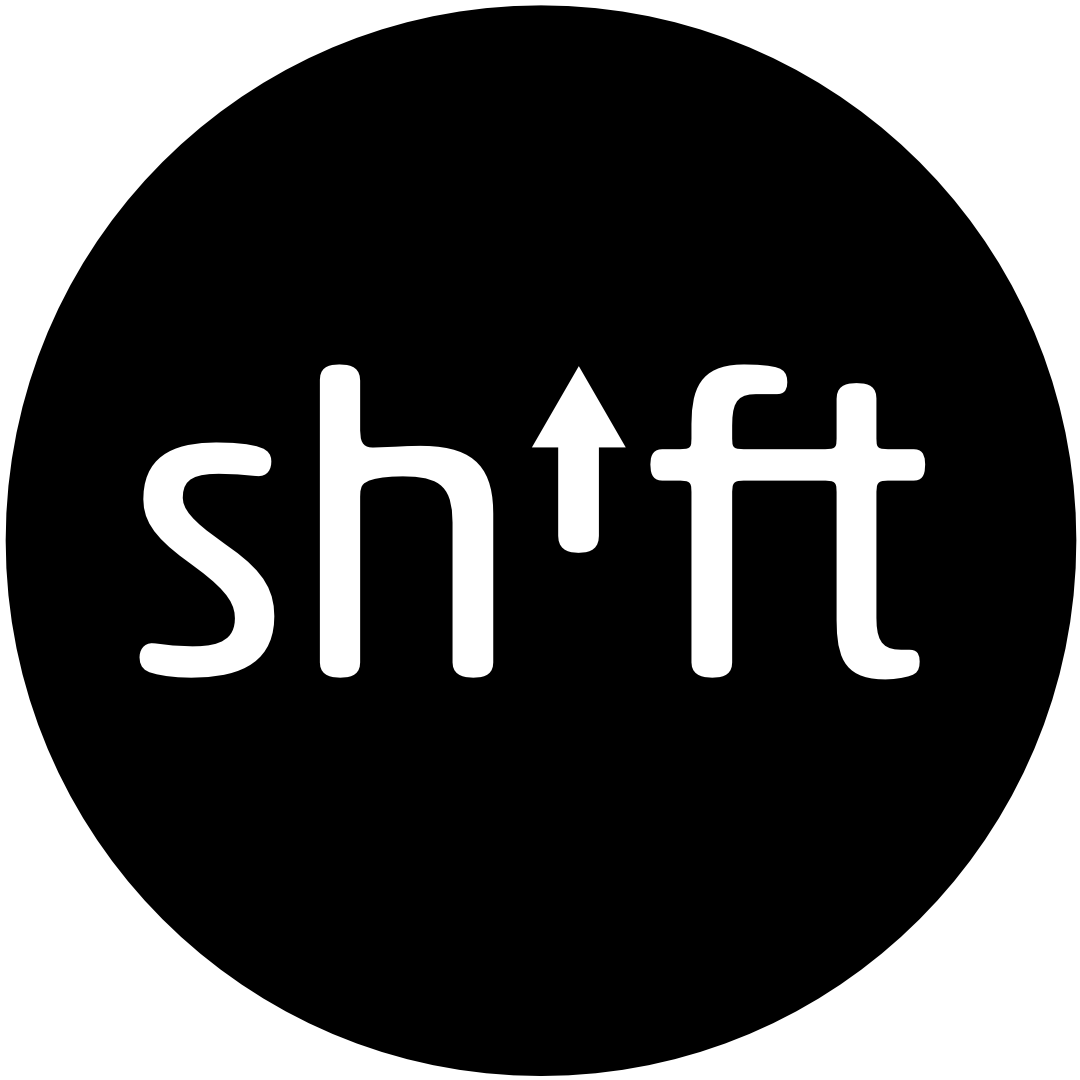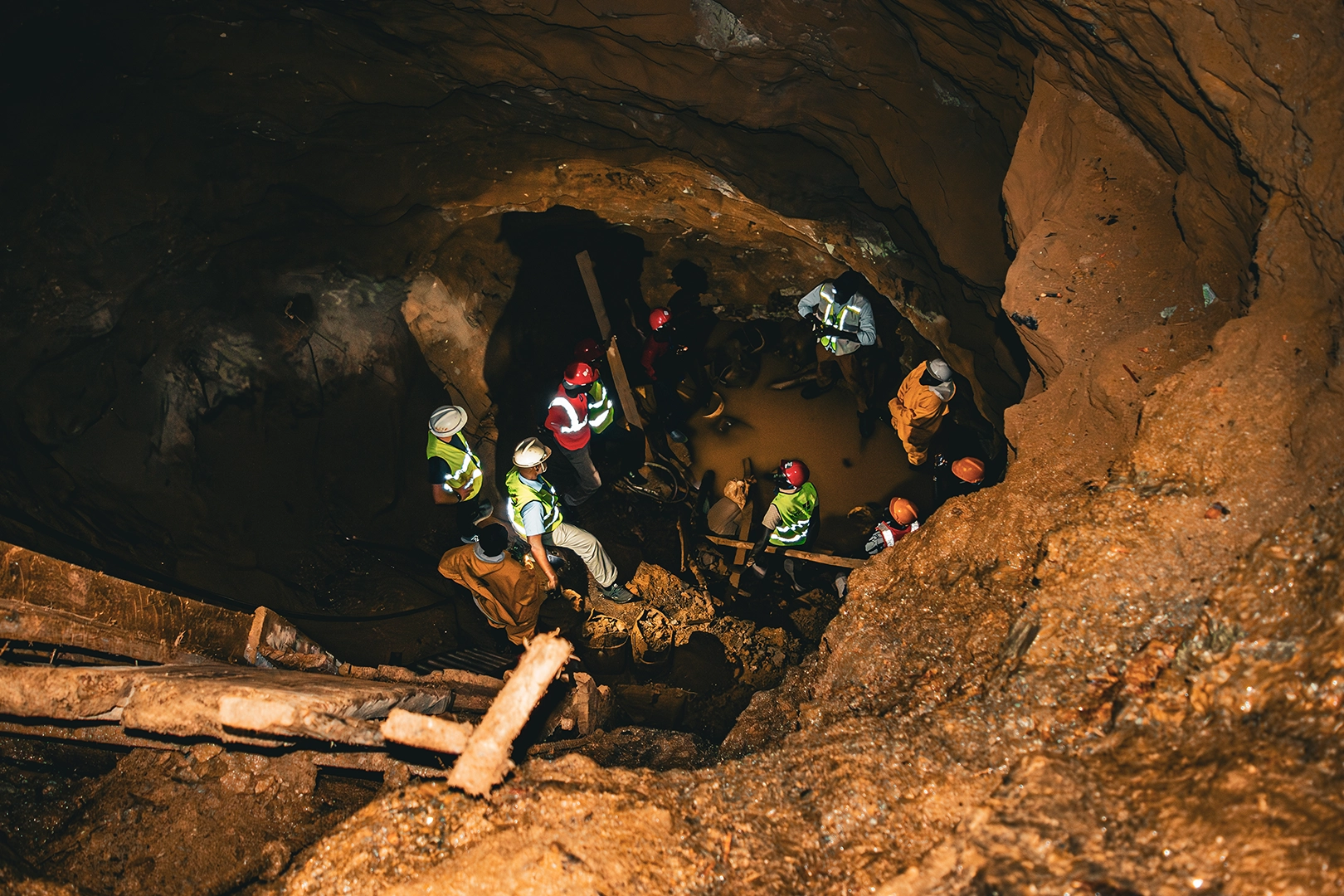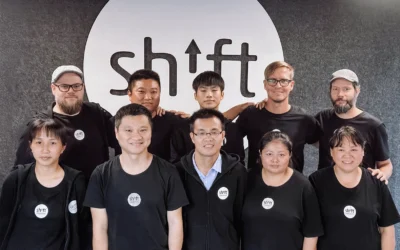For the first 8,000 SHIFTphones 8, we purchased 296 grams of gold in the form of gold credits. In doing so, we are supporting the responsible mining of gold in small-scale mining in Geita in Tanzania. In this article, we show you what is behind the gold credits – and how we are using them to bring about change 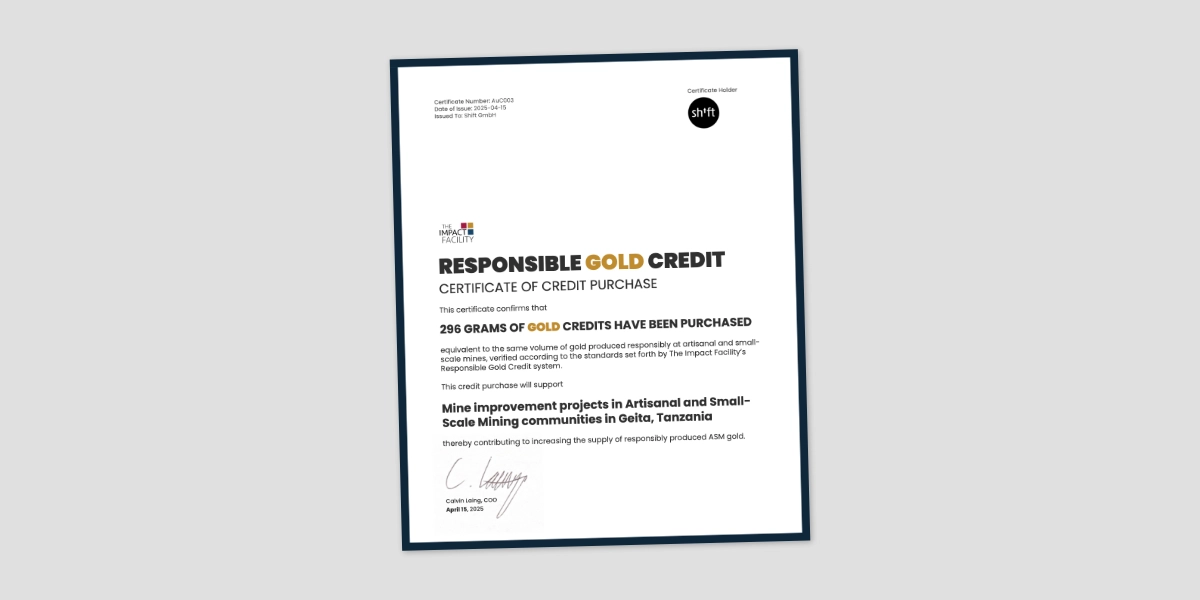 Gold is one of the many metals in our smartphones that most of us associate with, just like generations before us. While gold is present in the financial and jewelry industry because of its appearance and value, it is used in the electronics industry because of its physical properties, such as its good conductivity.
Gold is one of the many metals in our smartphones that most of us associate with, just like generations before us. While gold is present in the financial and jewelry industry because of its appearance and value, it is used in the electronics industry because of its physical properties, such as its good conductivity.
Gold in smartphones
Gold makes up only a very small proportion of the total weight of the device, but as we discovered in our analyses in the Loopphone research project, gold is one of the hotspots in terms of environmental impact. Gold is also an important raw material from a social point of view, despite its small share of the total device. Millions of people around the world earn their living by mining this rare metal. In 2017, Carsten Waldeck experienced first-hand in the Democratic Republic of the Congo that this mining brings with it not only ecological but also social challenges. There, he saw with his own eyes what it means for people to work in small-scale mining: hard physical labor in narrow tunnels dug with simple tools – accompanied by daily risks and enormous burdens to feed the family. There is always the risk of something happening, such as a heavy rain shower, which can suddenly worsen safety in the tunnels. At the time, it was clear that we wanted to play our part in bringing about positive change and improving working conditions.
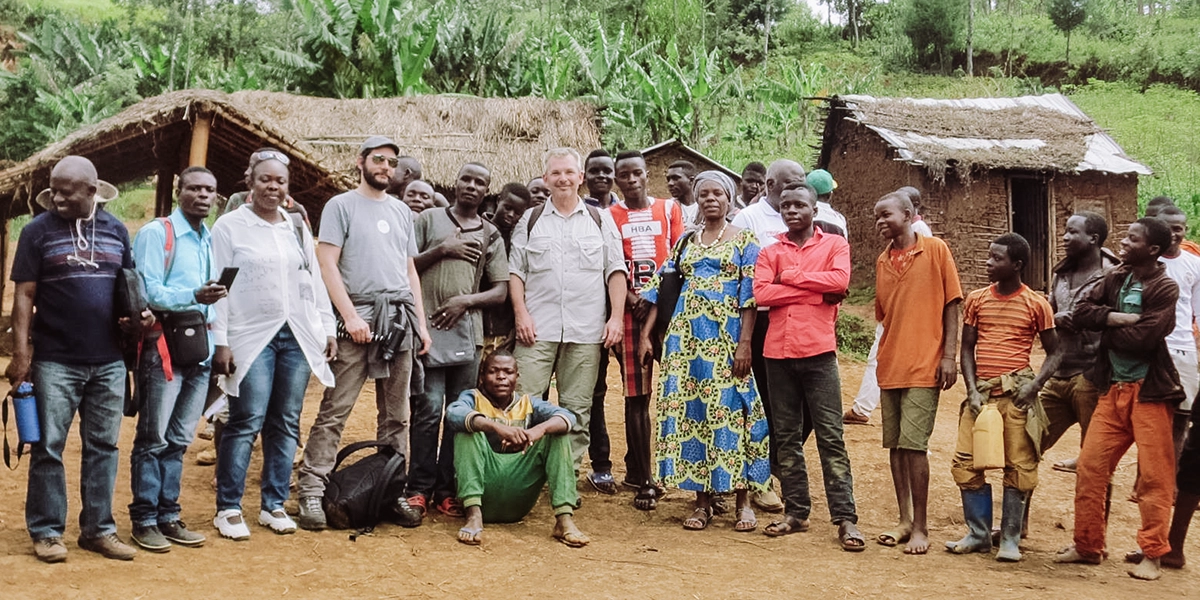
Carsten in the DR Kongo 2017
These impressions were the impetus for further involvement. Since then, we have been involved in many projects. The aim is to support change for other raw materials such as cobalt. One example is our collaboration with Closing the Loop. They work in countries where there is no good recycling infrastructure. This is because e-waste containing gold is either dumped in landfills or recycled under hazardous conditions and in open fires. If gold is recycled properly, it can be reused together with copper, silver and other metals. You can find more information about the project here shift.eco/closing-the-loop-ctl/ In addition to Closing the Loop, we have also supported other projects that promote fair conditions and the responsible use of resources. These include, for example, the Earthbeat Foundation, which is committed to structural changes in gold mining and beyond, as well as the work of goldsmith Thomas Becker, who accompanied Carsten on his trip to the DR Congo.
Integrating Responsible Gold Credits in the Supply Chain
“Embracing the supply chain” – this is what we call our approach to actively shaping change along our supply chains.
On the one hand, we start with our direct suppliers and their suppliers. On the other hand, we get involved where the greatest damage to people and nature occurs: in the extraction of raw materials. Systems such as the Responsible Gold Credits make it possible to bring about improvements in working conditions in small-scale mining directly on site. One example of the practical implementation of this approach is our Responsible Gold Credit project in Tanzania.
Gold mining in Geita Tanzania
For the Responsible Gold Credit project, the first step was to find a mining community that met minimum sustainability criteria and had set out to implement improvements. The choice fell on the mining community in Geita, Tanzania. The Responsible Gold Credit project is intended to support the community in making investments that would only be possible to a limited extent from ongoing operations. Compared to Fairmined/Fairtrade-certified mines, our project enables the community to develop towards one of these standards. This is because mining communities often do not have the financial resources to take out loans and implement all measures directly. The approach of positively supporting this development has convinced us. The community receives a credit above the market price for every gram of gold mined. This enables the necessary investments to be made. As part of the working group that set up the „Responsible Gold Credit“-project, we were particularly impressed by how The Impact Facility as a central player in the working group, responded to the wishes of the community in order to prevent the project from being imposed from above. This is because the mining community themselves decide which measures they want to implement most urgently with the credits. 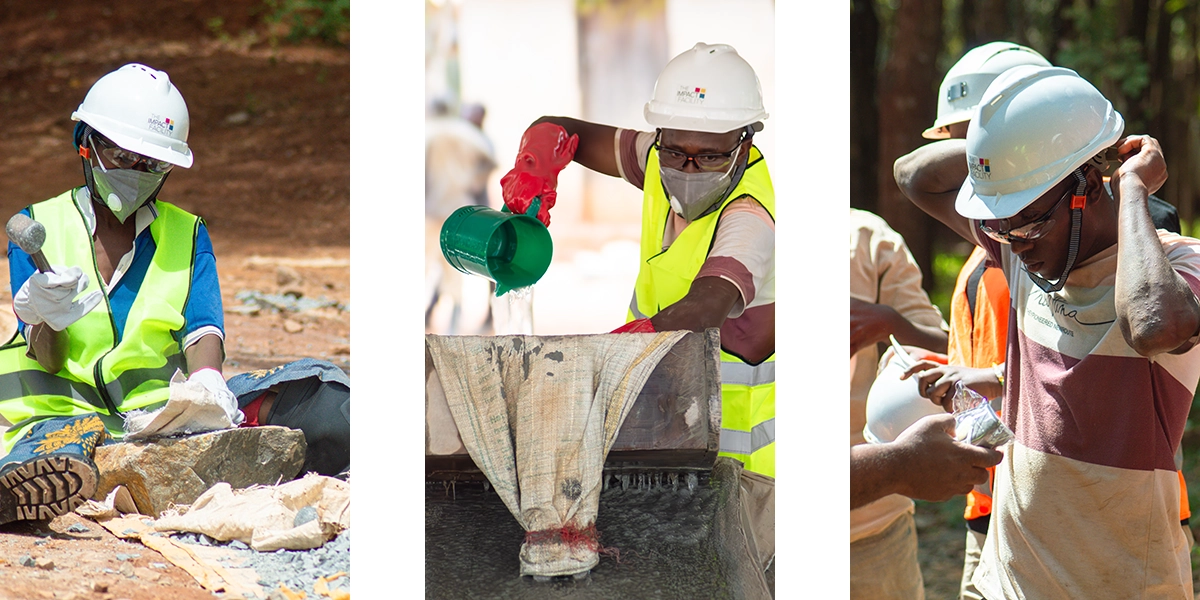 In the picture you can see one of the first investments made possible thanks to the gold credits: new protective equipment for the mining community in Geita. In the coming months, we will take you with us and show you what else is happening.
In the picture you can see one of the first investments made possible thanks to the gold credits: new protective equipment for the mining community in Geita. In the coming months, we will take you with us and show you what else is happening.
